
Humans have belly buttons because before we are born we are connected to our mothers via an umbilical cord. This is a tube that delivers nourishment to the embryo (unborn baby), and removes its waste. It runs from the placenta – an organ in the mother’s body that provides a source of food and oxygen – to the tummy of the embryo. Once a baby is born, it can get nourishment, such as milk, through its mouth, so the umbilical cord is no longer needed. The cord shrivels up and drops off after a few weeks. Your belly button, also called a navel, is basically a scar from where the umbilical cord used to attach to your tummy.
Animals with placentas
Humans are part of the group of animals called mammals, and other mammal babies develop inside their mother in the same way. Human belly buttons are quite large and obvious. They are also visible in other big mammals such as dolphins and orangutans. Smaller mammals like cats and dogs also have them, but the scars do not form large holes and they are often covered by hair or fur.
この記事は The Week Junior Science+Nature UK の Issue 60 版に掲載されています。
7 日間の Magzter GOLD 無料トライアルを開始して、何千もの厳選されたプレミアム ストーリー、9,000 以上の雑誌や新聞にアクセスしてください。
すでに購読者です ? サインイン
この記事は The Week Junior Science+Nature UK の Issue 60 版に掲載されています。
7 日間の Magzter GOLD 無料トライアルを開始して、何千もの厳選されたプレミアム ストーリー、9,000 以上の雑誌や新聞にアクセスしてください。
すでに購読者です? サインイン
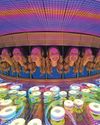
Camera Obscura
Imagine stepping inside a dark room, where the only source of light comes through one small hole in the wall.

MANCHESTER SCIENCE FESTIVAL
From 18-27 October, shoppers at the Arndale shopping centre in Manchester, England, will face a giant spider.

Should musicians stop touring?
Multiple concerts travelling around the world have a big impact on the environment.
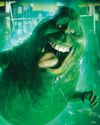
Are ghosts real?
Plenty of people believe in ghosts, but it's hard to find proof.

SMASH STEREOTYPES
In an extract from his prize-winning book, scientist and writer Adam Rutherford shows you how to use the power of science to fight racism. This chapter, titled Myth-Busting, is all about sport.

Animal awareness
What would it feel like to be another animal?

Hamza Yassin
Go behind the camera with a wildlife filmmaker.
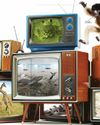
WILDLIFE WATCH
Ben Hoare goes on a safari from his sofa to discover how nature documentaries are made.
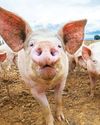
Big bum breakthrough
A team of researchers who found out that mammals can breathe through their bottoms have won a prize at the lg Nobel awards.
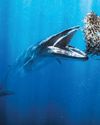
A jaw-dropping undersea snap
A photograph of a Bryde's whale feeding on a heart-shaped \"bait ball\" of sardines has won the Ocean Photographer of the Year contest.